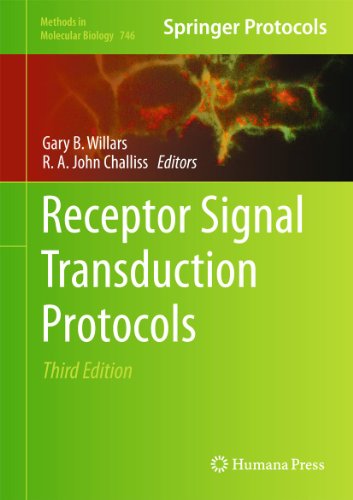

Most ebook files are in PDF format, so you can easily read them using various software such as Foxit Reader or directly on the Google Chrome browser.
Some ebook files are released by publishers in other formats such as .awz, .mobi, .epub, .fb2, etc. You may need to install specific software to read these formats on mobile/PC, such as Calibre.
Please read the tutorial at this link. https://ebooknice.com/page/post?id=faq
We offer FREE conversion to the popular formats you request; however, this may take some time. Therefore, right after payment, please email us, and we will try to provide the service as quickly as possible.
For some exceptional file formats or broken links (if any), please refrain from opening any disputes. Instead, email us first, and we will try to assist within a maximum of 6 hours.
EbookNice Team

Status:
Available4.3
6 reviewsAs our understanding of G protein-coupled receptor (GPCR) signal transduction continues to grow, we cannot help but be struck by the emerging complexity and the ability of this receptor superfamily to continually surprise us as new facets are discovered. In this third edition of Receptor Signal Transduction Protocols, the expert contributors have taken into account the constant evolution of the GPCR field and dealt with methods that allow researchers to address many of the important rising issues. Serving as a companion to the previous editions, this volume contains thorough revisions of some core chapters, the complete rewriting of others to encompass new technological developments since the publication of the prior editions, and the commissioning of brand new, cutting-edge chapters to expand on previous coverage. Written in the highly successful Methods in Molecular Biology™ series format, chapters include introductions to the respective topics, lists of the necessary materials and reagents, step-by-step, readily reproducible laboratory protocols, and tips on troubleshooting and avoiding known pitfalls.
Authoritative and up-to-date, Receptor Signal Transduction Protocols, Third Edition serves the scientific community with a broad collection of the current, practical methodologies in this highly promising field.